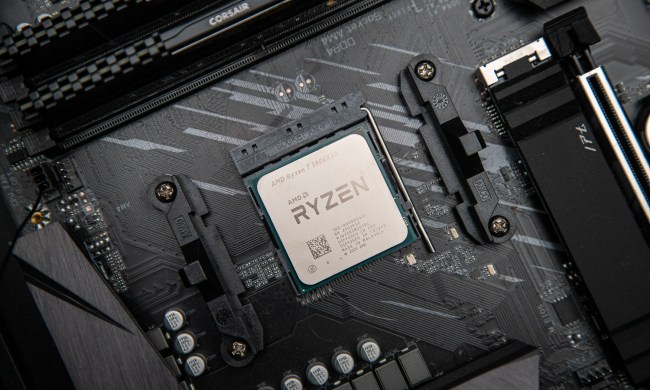Perhaps unsurprisingly, the researchers turned to another emerging tech staple, 3D printing, to bring their device to fruition. Beyond mere pieces of plastic, the 3D-printed objects and sensors are capable of collecting valuable data when attached to household items, such as laundry detergent bottles.
“We were inspired by the idea of being able to print Wi-Fi radios using a 3D printer,” Justin Chan, a doctoral student who co-led the project, told Digital Trends. “With this capability, it would be very easy to fabricate communication devices in your own home. The challenge here is that desktop 3D printers can only print using plastic materials, and thus can’t fabricate Wi-Fi chips. As a result, we wanted to come up with a wireless design that could work without electronics.”
One of the designs the researchers settled on includes a 3D-printed spring and gear. When activated by air or liquid, the gear turns, tightening the spring and causing it contact a 3D-printed antenna made of conductive filament. The antenna transmits signals as either zeros or ones.
Chan and his team are calling their technology “printed Wi-Fi.” Once 3D printed, the device uses ambient Wi-Fi, which it either absorbs or reflects in binary.
“The key idea behind our design is to communicate by reflections,” Chan said. “The way that we do this is by reflecting Wi-Fi signals in the environment, similar to how you can use a mirror to reflect light. We 3D print antennas and switches that allow us to reflect radio signals. Using these components, we can build sensors that can detect mechanical motion, like water flow sensors and wind speed sensors. These sensors can then translate mechanical motion into reflections of Wi-Fi signals. As a result, we can create printable objects that can communicate wirelessly with Wi-Fi- enabled devices.”
As a proof of concept, the researchers attached their device to a laundry detergent bottle, where it could be used to detect detergent levels.
All of the CAD models are open source and available to play around with at on the project’s website.


